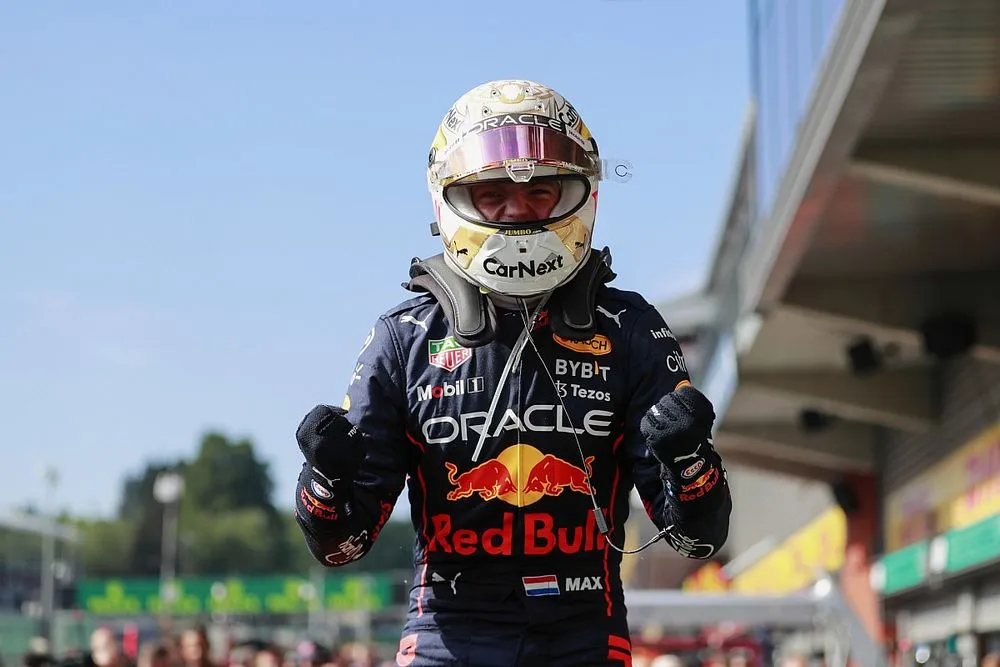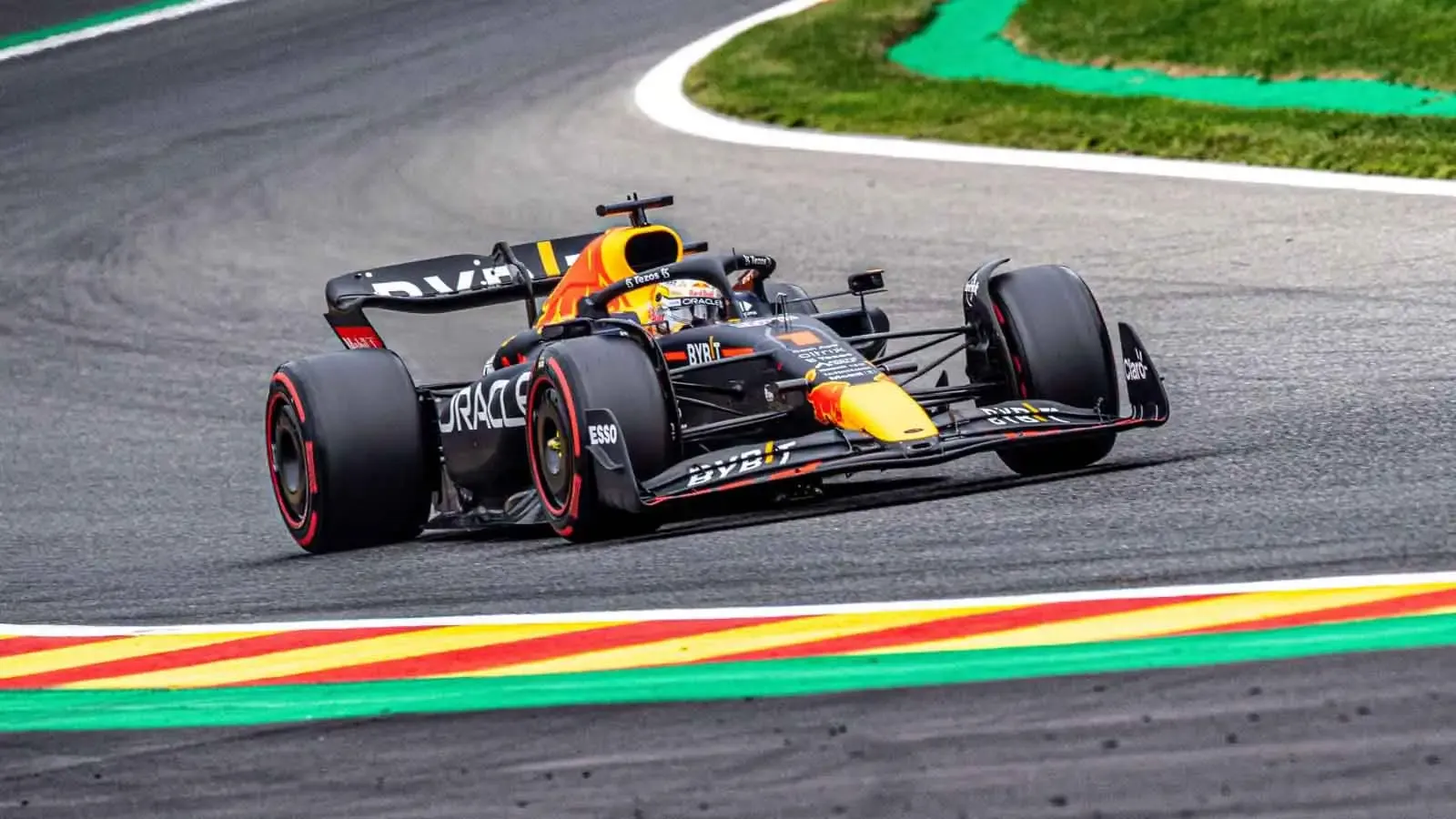In a shocking turn of events at the Belgian Grand Prix, reigning World Champion Max Verstappen has been handed a 10-place grid penalty. This development comes as a significant blow to Red Bull Racing, who are now scrambling to address the underlying technical issues that led to the penalty.
The penalty was imposed after the FIA’s scrutineering team discovered a technical infringement on Verstappen’s car. According to official reports, the breach involved modifications to the car’s power unit that were not compliant with the current regulations. These modifications were intended to enhance performance, but they inadvertently violated the stringent technical rules set by the FIA.
Red Bull Racing has acknowledged the infringement and is working closely with the FIA to understand the full scope of the issue. Team principal Christian Horner expressed his disappointment but remained optimistic about the team’s ability to bounce back.
“We are fully committed to working with the FIA to ensure we address the issues and comply with the regulations,” said Horner. “Our focus is now on optimizing our strategy to mitigate the impact of the grid penalty and to ensure Max has the best possible chance of competing effectively in the race.”
The penalty comes at a crucial juncture in the championship race, with Verstappen locked in a tight battle for the title. Starting 10 places back on the grid at Spa-Francorchamps, a circuit known for its challenging layout and unpredictable weather, will undoubtedly make his quest for victory more arduous.
Verstappen, known for his resilience and skill, remains determined. “It’s disappointing, but we have faced challenges before and come out stronger. I’ll give it everything to move up the grid and secure as many points as possible,” he said.
The specific nature of the infringement has not been disclosed in detail, but sources suggest it involved unauthorized alterations to the car’s hybrid power unit components. Such modifications, while aimed at gaining a competitive edge, must adhere to the homologation specifications agreed upon by all teams at the start of the season.
Technical Director Adrian Newey is leading the investigation within Red Bull, aiming to ensure compliance while retaining the competitive edge that has characterized the team’s performance this season.
This incident underscores the fine line teams walk between innovation and regulation in Formula 1. The sport’s governing body, the FIA, maintains strict oversight to ensure a level playing field, but the relentless pursuit of performance often pushes teams to explore the boundaries of these regulations.
As the dust settles, the focus will shift to the race itself and how Red Bull adapts its strategy to cope with the penalty. The Belgian Grand Prix, known for its unpredictable conditions, could still offer opportunities for Verstappen and his team to turn adversity into triumph.
Max Verstappen’s 10-place grid penalty at the Belgian Grand Prix serves as a stark reminder of the rigorous regulatory environment in Formula 1. While the immediate impact on Red Bull Racing is significant, the team’s response and strategic adjustments will be crucial in determining the overall outcome of the race and, potentially, the championship.
As fans and pundits alike await the unfolding drama at Spa-Francorchamps, one thing is certain: Formula 1 continues to be a sport where the quest for speed and innovation is balanced by the ever-present need for compliance and fairness.


 BREAKING NEWS: Matt Pryor Returns to Eagles in an Emotional ‘Full Circle’ Moment – Fans React with Surprise and Nostalgia
BREAKING NEWS: Matt Pryor Returns to Eagles in an Emotional ‘Full Circle’ Moment – Fans React with Surprise and Nostalgia
 LEAKED SHOCKER: Bill Belichick Chose “Draft Bust” N’Keal Harry Over A.J. Brown and Deebo Samuel for a Reason That’s Making Everyone Outraged!
LEAKED SHOCKER: Bill Belichick Chose “Draft Bust” N’Keal Harry Over A.J. Brown and Deebo Samuel for a Reason That’s Making Everyone Outraged!
 Jelena Djokovic REVELA tijdens de derrota in de finale van Miami Open 2025, waar Djokovic een contrato de 50 miljoen dollars met Messi heeft gesteund, terwijl hij veel fanatieke fans heeft van de details van zijn contrato-detail!
Jelena Djokovic REVELA tijdens de derrota in de finale van Miami Open 2025, waar Djokovic een contrato de 50 miljoen dollars met Messi heeft gesteund, terwijl hij veel fanatieke fans heeft van de details van zijn contrato-detail!
